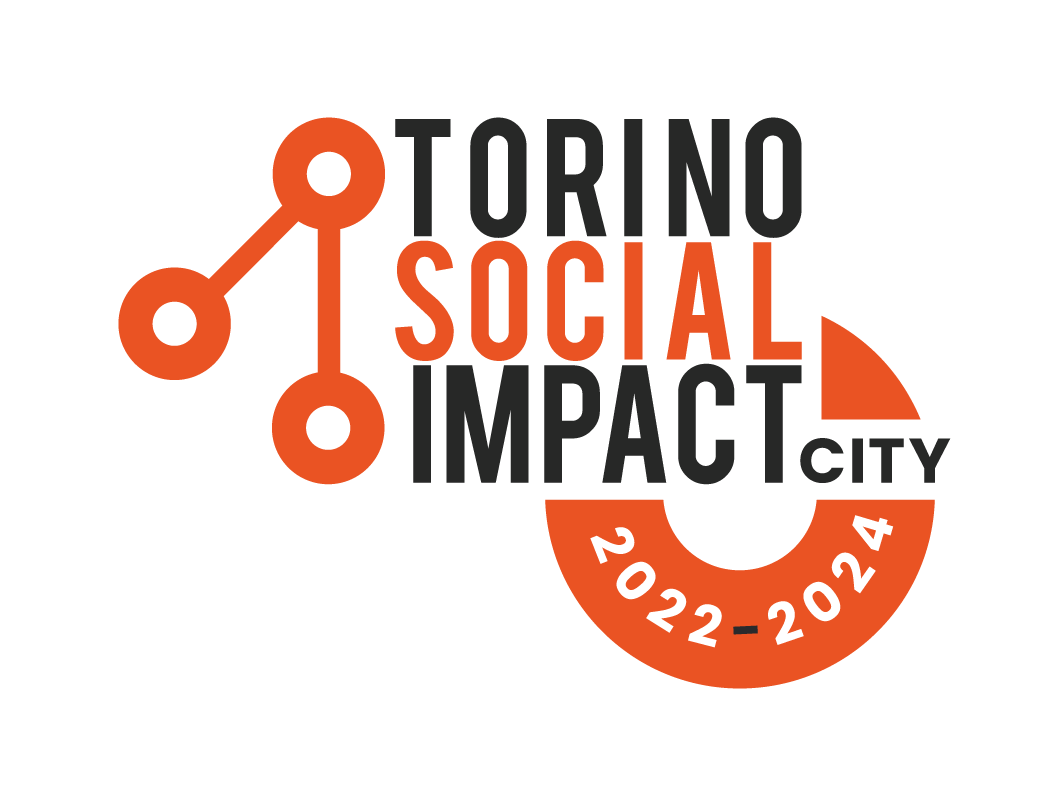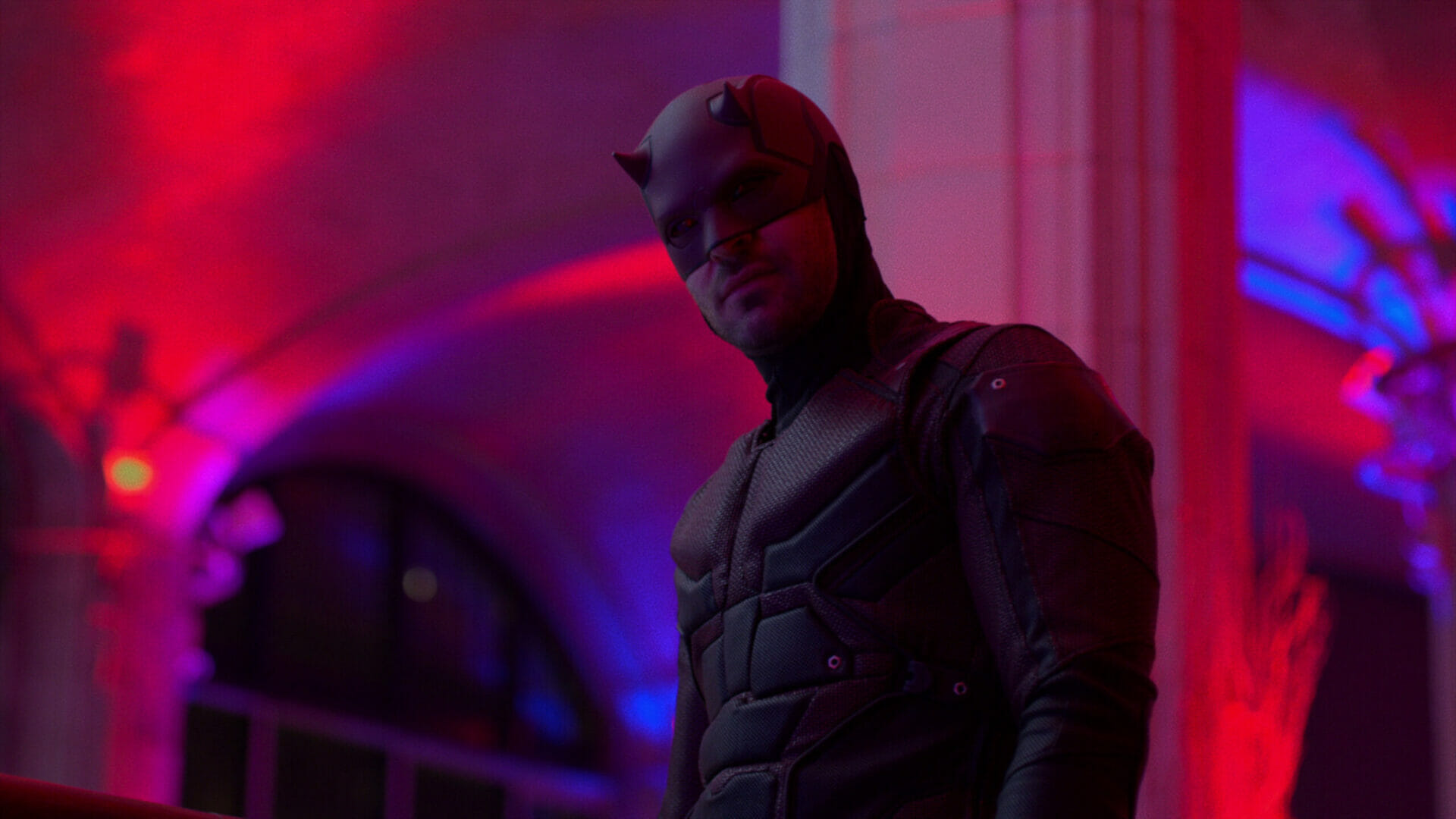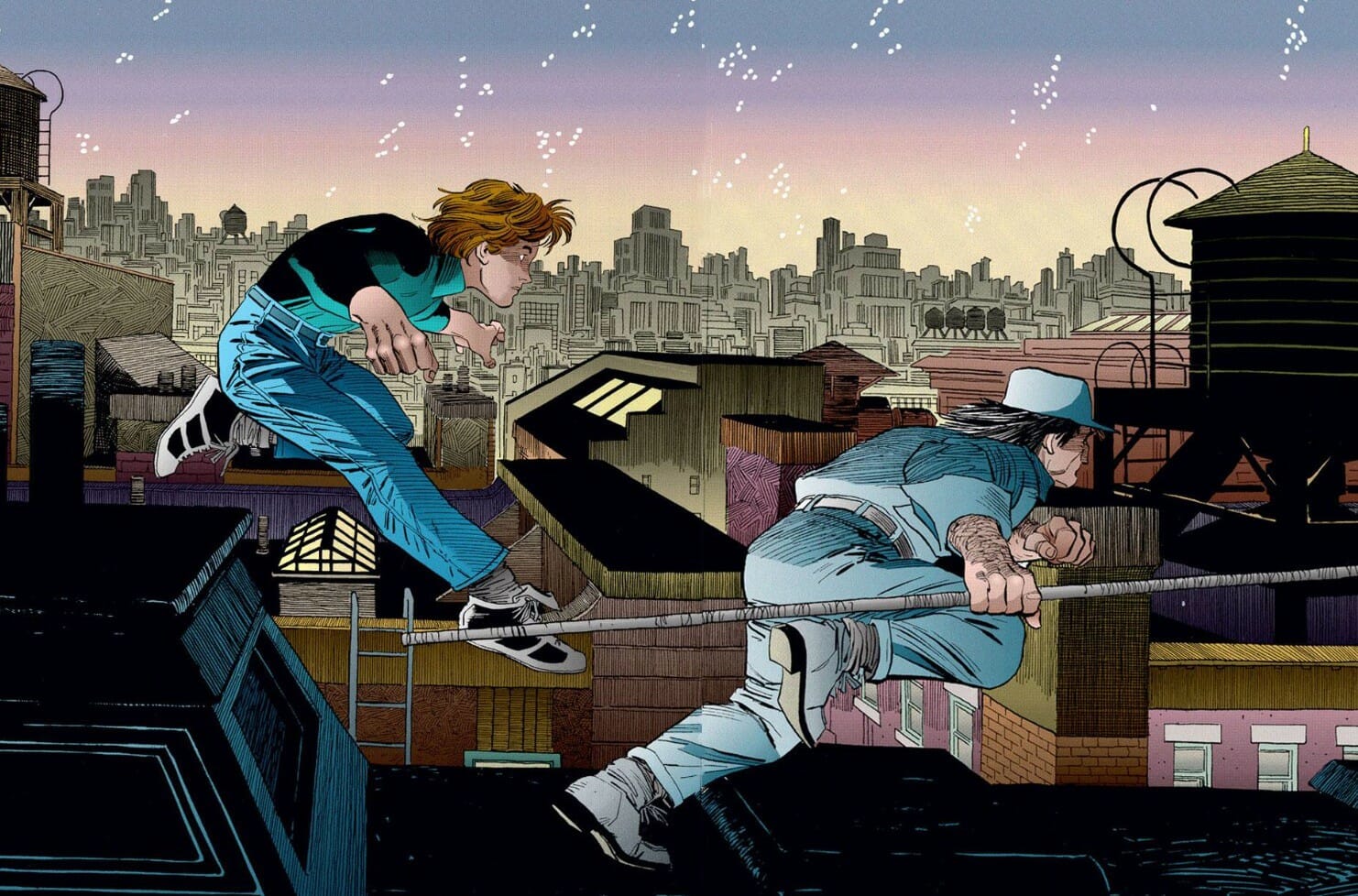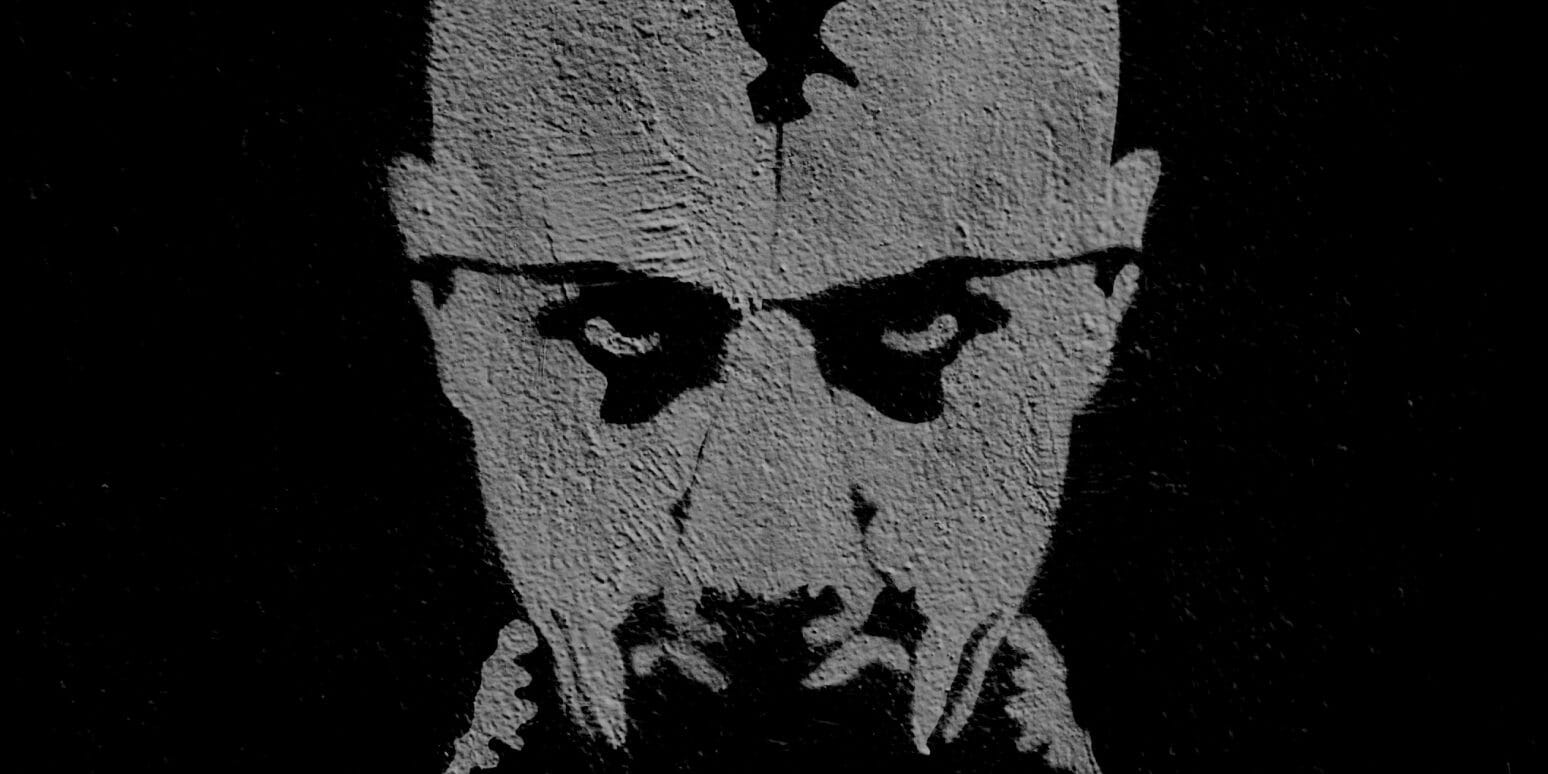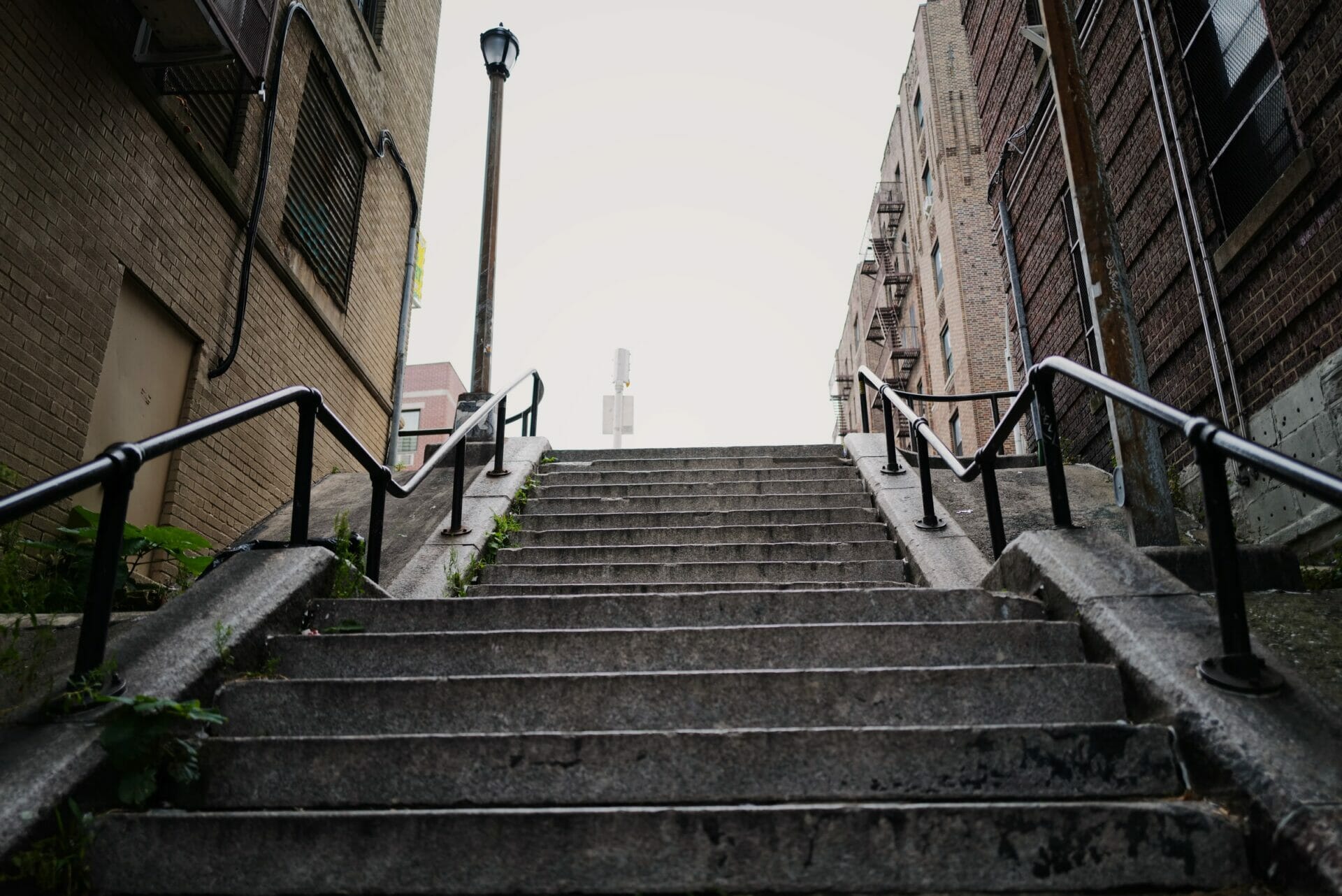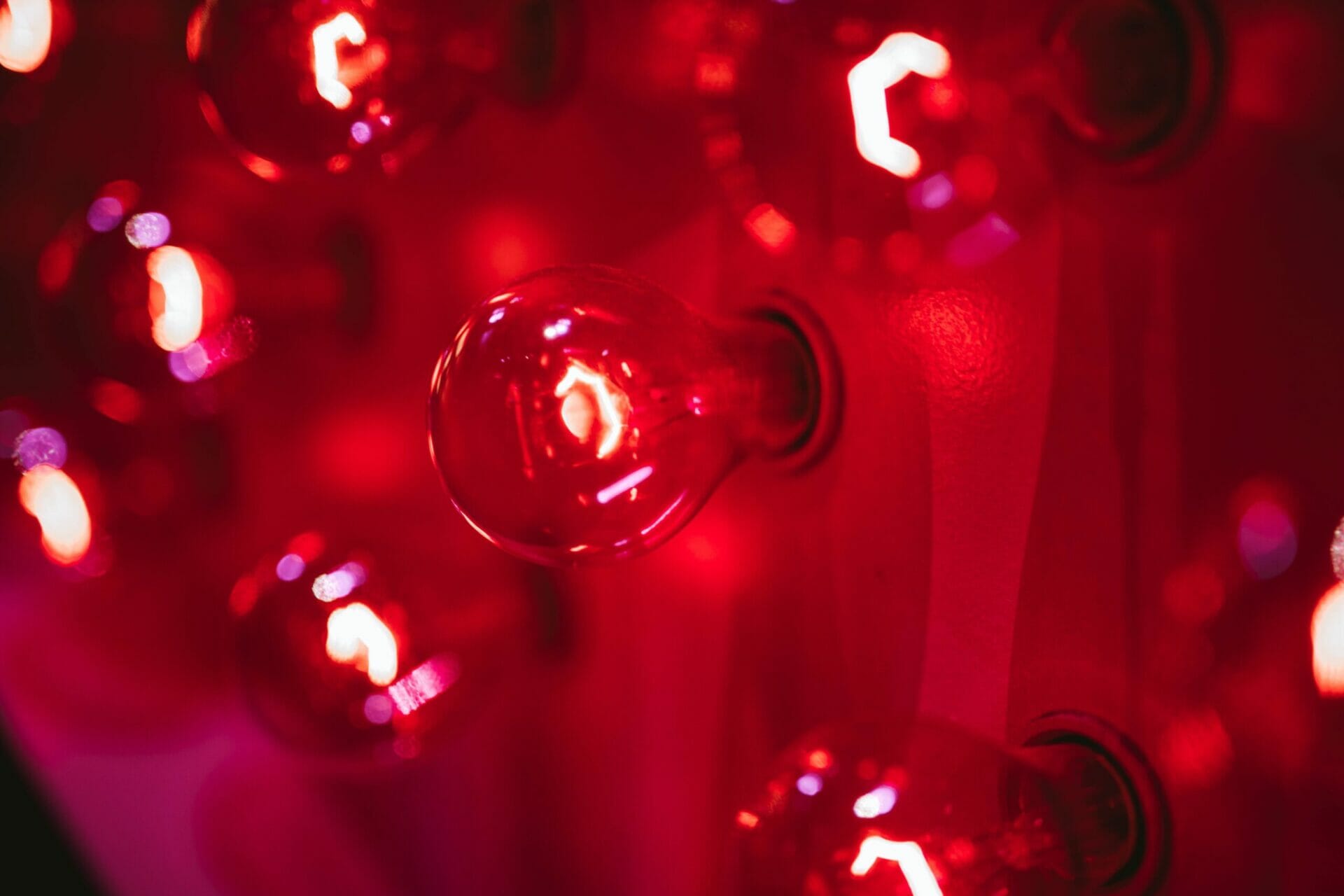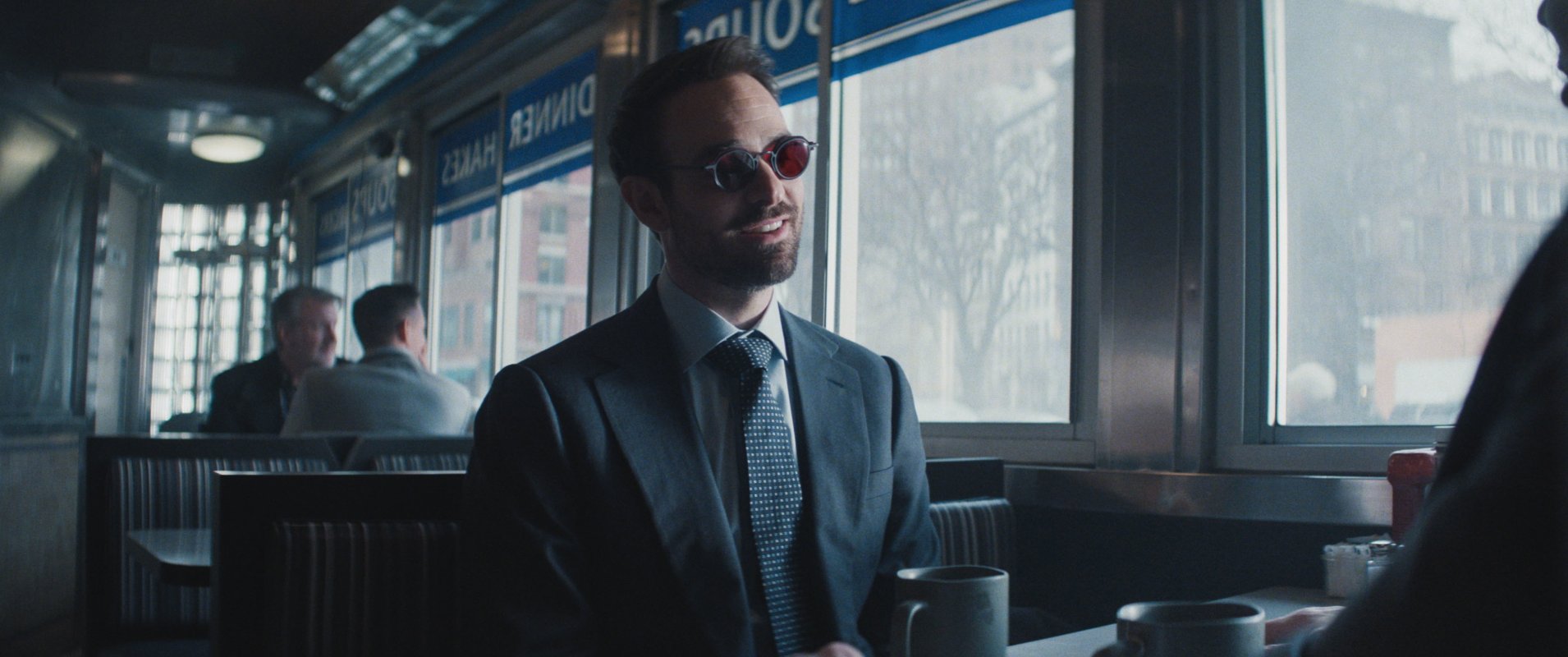
Daredevil: Born Again on Disney+ | Resurrecting Superhero Storytelling
Showrunner
Year
Country
Seasons
Runtime
Original language
Genre
Music by
In the spring of 2015, Daredevil first hit the small screen. It was also the spring of the Marvel Cinematic Universe (MCU). After all, back then, superhero TV series set in Marvel’s giant shared fictional universe were still in their infancy, a decidedly risky and visionary gamble. It wasn’t until the Blip of Thanos and the COVID-19 pandemic – two events that changed the two worlds in which they took place and how we envision, produce, and relate to stories – that viewers witnessed a true wildfire expansion. And, let’s face it, Marvel Studios has begun to capitalize on titles and characters along a path that has not always been so thrilling or memorable. Still, the Netflix series has always stood out in this vast sea. Mainly because of its sharp, mature writing and dark, gritty aesthetic. Seven years after its sudden and controversial cancellation, Daredevil: Born Again picks up the baton.
The Disney+ revival brings back the characters and cast of the original series. Detractors will say this is a pandering and nostalgic initiative. But it is so much more. “Not nostalgia; reverence for the past, yet hope for the future,” Foggy says in the pilot’s opening minutes. Daredevil: Born Again promises to pick up where the story left off. Respecting and honoring its commandments and its legacy. Despite numerous hiccups and obstacles, the game seems won and the promise fulfilled.
- Born Again: Back to Hell’s Kitchen
- Rising From the Ashes: Creative Overhaul
- Murdock vs. Fisk: In the New York City Ring
- Make America Safe Again: Who Do We Need?
- Castle vs. Murdock: Shadows of Two Defenders
- Faith vs. Law: I Don’t Believe In an Interventionist God
- Born to Fight: The Train Tracks of Fate
- A Grammar of Colors: Red, White, and Blue
- Looking Forward to Season Two
Born Again: Back to Hell’s Kitchen
In Daredevil: Born Again, we meet again Matt Murdock (Charlie Cox), a blind lawyer by day and the Devil of Hell’s Kitchen by night, fighting for justice in the courtrooms and on the streets of New York City. A shocking and tragic early plot twist (no spoilers: some of us are still recovering) hits him right in the heart. So he hangs up his mask. Meanwhile, the fearsome crime boss Wilson Fisk / Kingpin (Vincent D’Onofrio) returns and attempts a power grab. Both seek to serve “their” city to the best of their ability as they struggle to shed their dual identities and put the past behind them. Only their paths seem destined to cross again.
Rising From the Ashes: Creative Overhaul
Daredevil: Born Again has suffered from behind-the-scenes tensions since its inception. Midway through filming, the WGA and SAG-AFTRA strikes of 2023 halted production. The revival underwent a creative overhaul with drastic changes. The goal was to bring it closer to the source material and the original series. Hence, due to controversies, Marvel dropped head writers Chris Ord and Matt Corman, who remained on the project as executive producers, and released directors for the remainder of the season. Dario Scardapane (already known to Daredevil fans for the spin-off The Punisher) took over as showrunner, revamping the series and adding new episodes and scenes to tie in with previously filmed material. The overhaul eventually split the 18-episode first season into two seasons.
It is still too early to say, to quote Charlie Cox, whether all of this “ended up being the best thing for our show.” On the one hand, the creative overhaul brought the revival closer to its predecessor. On the other hand, however, the different writings and new additions have affected the pacing and cohesion of the final result. Careful viewers perceived two distinct identities. Yet, the good thing is that this somewhat serendipitously echoes the season’s theme. Ultimately, we will have to wait for the second season to see the actual result of this revamp. However, Daredevil: Born Again stands out among the MCU series and proves to be a worthy successor.
Murdock vs. Fisk: In the New York City Ring
The first season of Daredevil: Born Again relies entirely on dualism. Murdock versus Fisk. Daredevil versus Kingpin. Two souls destined to fight for eternity. Two men of the people with two opposing, yet intertwined, notions of justice. In this regard, using cross-cutting to show Murdock’s idealistic and virtuous courtroom summations and Mayor Fisk’s illegal exploits proves convincing. After all, their actions only have a deeper meaning when seen together. It is like watching a nine-episode NYC mayoral debate as they try to convince viewers that they can cure the rotten system and make their unique personal contributions to citizens.
If Murdock is a man of law and faith, Fisk embodies lawlessness and moral corruption. Finally, the city of New York is only the third component of the triptych. An urban theater of war and savagery, it echoes the gangster and noir undertones of Cronenberg’s Eastern Promises. D’Onofrio is irreplaceable as the deceitful benefactor in the white suit, hiding his blood-soaked hands behind promises of urban, political, economic, and legal revival. On the other hand, Cox succeeds in stepping into the shoes of a soul deeply tormented by an inner conflict between the sacred and the profane that allows for no gray areas.
Thus, viewers find the two protagonists, resurrected men, searching for a new and more current definition of self. Both struggle with a personal intimacy they no longer wish to bring out. Murdock and Fisk work hard to keep the fierce Daredevil and Kingpin in the shadows. But we know their underlying identities still stir. Like two wild beasts hiding in plain sight, silent, waiting to make the great fatal leap. They cannot be erased or forgotten: they are their authentic nature.
Make America Safe Again: Who Do We Need?
Daredevil: Born Again subtly analyzes justice in all its possible facets and discusses today’s implications of being a vigilante. The revival skillfully uses the genres of courtroom drama and procedural drama to raise these issues, introducing complex dilemmas to engage viewers. In the end, we have to take sides. Credit undoubtedly goes to the sharp writing.
In this context, the trial of Hector Ayala / White Tiger (the late Kamar de los Reyes), wrongly accused of killing a police officer, is intriguing. The show uses this storyline to launch, in subtext, a sociological and political investigation of the corruption and immorality that taints the U.S. legal system and its law enforcement agencies. We enter the courtroom as part of the jury to answer the questions: What does it mean to wear a mask instead of a badge and follow your moral code? Who does the city need? Do we feel safe?
Fisk’s character also paves the way as a 21st-century Scorsese or De Palma-style crime lord. We see him manipulating the media, public opinion, and the institutional machine. With the slogan “Fisk Can Fix It,” he launches a veritable crusade against the masked defenders of justice, creating an anti-vigilante task force of corrupt cops. They wear the symbol of The Punisher on their uniforms and claim to “clean up” the streets.
Finally, each episode includes documentary-style on-street video interviews. A voice-over asks New Yorkers about the widespread social unrest and possible solutions to rampant crime.
These choices fit well with the Devil of Hell’s Kitchen story and its source material. Daredevil: Born Again delves into the complex beliefs of right and wrong and human vulnerability as the original series did. In doing so, it hooks into the Western present fascinatingly and functionally. It creates a political subtext by presenting themes that resonate with the America of Trump’s second term and long-debated issues such as police brutality. Proof that even the superhero genre needs intelligent writing that taps into the zeitgeist.
Castle vs. Murdock: Shadows of Two Defenders
The fourth episode, “Sic Semper Systema,” written by David Feige and Jesse Wigutow and directed by Jeffrey Nachmanoff, brings us the return of Frank Castle / The Punisher (once again played by Jon Bernthal). The last time viewers saw Castle and Murdock share the screen was in the second season of the original series. Once again, the duo proves they have not lost the magnetism that draws viewers in.
Once again, two sides of justice. The antihero and the hero face each other again, stripped of their masks. Daredevil: Born Again only intensifies this pairing, showing its most profound veins. In the original series, the Punisher called Daredevil “one bad day away” from becoming him. Now that distance is getting closer.
Frank is the only one who can truly penetrate Matt’s wounded heart. He does so with the force of a vigilante who cuts no corners and seeks no sympathy. He shakes the depths of Matt’s inner conflict. After all, both are Shakespearean tragic figures that mirror each other. Frank is a sinner in the shadows. He is always one bullet away from being consumed by darkness. Matt is a modern martyr. He falters but never ceases in his quest for redemption. In sum, both are still survivors, suffering under the weight of their consciences, consumed by their regrets and new losses.
For those who believe in God, the truth admits of no escape. Not even for the Man Without Fear. Not even for the Devil. And Frank always spits the truth right in Matt’s face.
I don’t think you came here for my help. See, I think you want my permission. […] That guilt, that shame, that’s my home, Red. I mean, I can see it on you, I can smell it on you, it’s all over you. […] That’s why it’s eating at you, because you know you didn’t do a goddamn thing, and it’s gonna keep eating at you. It’s gonna keep eating and eating and eating. There’s no getting away with it, you understand?
Frank Castle / The Punisher (Jon Bernthal), Daredevil: Born Again – Ep. 4 “Sic Semper Systema”
Ultimately, Bernthal is great at wearing the costume of a violent Punisher who transcends the law. It is fascinating and alarming to see how his iconic skull symbol is misinterpreted and misused by the police and military forces. “You’re a bunch of clowns, you know that? Admire me. You think you know my pain? You think you know my loss? What do you know about me? How I see the world? It’s just a circus. A bunch of clowns. I ain’t gonna serve with you…,” Castle tells Fisk’s task force, which idealizes him, in a very moving scene. His words resonate strongly with the statements of his creator, Gerry Conway.
Faith vs. Law: I Don’t Believe In an Interventionist God
No. It wasn’t the mask. It wasn’t me needing to believe in it that saved me. My mistake was thinking I was immune to the darkness. And I let it creep inside me. I let the dark power me.
Matt Murdock / Daredevil (Charlie Cox), Daredevil: Born Again – Ep. 9 “Straight to Hell”
Daredevil: Born Again also continues and strengthens the inextricable link between its titular character and faith. Murdock is the most explicitly Catholic character in the MCU. He lives in an eternal limbo between the law of man and the law of God. Faith defines him more than anything else. It is the primordial lifeblood of his identity. And it has undoubtedly always been his most fascinating quality. The revival shows us a tired and shaky Murdock. He is broken again, but like never before. We witness the unraveling of the Daredevil symbol. But even as it seems to be gone, the unchanging element is faith and, more broadly, hope.
The third season of the original series showed us Murdock seeking some form of atonement by taking refuge in the church. Here, however, he seeks it in courthouses. He continues to fight by delivering summations and calling witnesses. His fists give way to sermons based on empathy and trust in others and the system.
Murdock and his alter ego go through the ordeal of loss. His moral compass breaks down. He experiences a sense of abandonment and a profound existential crisis that plunges him to the very depths of his being. But we know that Murdock’s struggle is primarily with Daredevil: with remorse, resentment, redemption, mercy, and past choices (in this sense, seeing Matt holding the broken horn of Daredevil’s mask in his hands is very moving). But this is Born Again. And it is in the finale of the first season that Daredevil’s true rebirth takes place. A finale that feels more like the beginning of this new story than a conclusion.
Born to Fight: The Train Tracks of Fate
Die-hard fans are satisfied. Daredevil: Born Again is full of fight scenes brimming with brutal realism and raw, unfiltered violence. Devout viewers will particularly remember the one-take fight scenes that became the original series’ stylistic signature. It is an ambitious directorial and aesthetic choice. Instead of quick montage cuts, a standard in traditional action sequences, the fights become dance choreography. Every punch, kick, thrust, and leap is precise and predetermined. A physical theater approach emerges. The actors’ bodies and the space combine to create a complex, dizzyingly “real” depiction of the characters’ physical endurance, fatigue, and vulnerability.
The revival continues this tradition by opening the pilot with a one-take fight scene between Daredevil and Bullseye (Wilson Bethel). This dramatic scene kicks off the story. The camera follows the two characters in a continuous sensory eruption, placing us at the center of the action. Amid the deadly blows, we hear their gasps, groans, grunts, cries of pain, and heavy, erratic breathing. We hear the dry clatter of fists mixing with the hiss of daggers in the air before they hit their targets. All of this occurs in the confined space of a stairwell, where the incessant flickering of electric lights heightens the drama. In this sense, the acoustic aspect is more interesting than the visual one.
The episode’s executive producers and directors, Justin Benson and Aaron Moorhead, wanted to honor the original series’ audacity. However, they also wanted to create a fight scene that would stand out from previous ones. They used the language of the camera as “the train tracks of fate” (spoiler alert). The result differs from what we expected. It looks more artificial, perhaps because of the excessive use of CGI.
What else? It’s time for the industry to give stunt performers the credit they deserve.
A Grammar of Colors: Red, White, and Blue
Some scenes featuring Murdock are tinted a deep red. Red is more than just a superficial reference to Daredevil’s costume color. It symbolizes blood, fire, violence, and blind, revolutionary justice. Red is also the color of passion, deep unbridled love, and the power of the Catholic Church in ancient times. Once again, red echoes the two primal dimensions of the character: the martyr, aka the sinful and guilty man, and the saint, aka the superhero with the power to fight injustice.
If red refers to Murdock, then the scenes in which Poindexter / Bullseye appears feature its complementary color: blue. Again, blue is not just a reference to Bullseye’s costume. It symbolizes his almost surgical coldness of action and his unique ability to aim and consistently hit his target. Blue also highlights his icy detachment, loneliness, and feeling misunderstood.
Together with white, worn by Fisk (and Vanessa, whose evolution into a powerful, independent mistress of crime is intriguing), behind whose purity he conceals his lack of empathy and his insatiable desire to control, dominate, and cleanse the world with his tyrannical ideals, these colors form the U.S. flag.
Upon closer analysis, all of this reveals how Daredevil: Born Again highlights an aesthetic that evokes the current tension between a nation’s ideals and its systemic fractures. Some might even say that, by extension, it evokes the crisis – and hopes – of the modern world.
Looking Forward to Season Two
Ultimately, Daredevil: Born Again seems not to have lost its way. It has maintained the depth of its story and exploited its endless nuances. Most notably, the revival has shown an ability to anchor itself firmly in the present. These qualities make this revival – and its predecessor – one of the finest and most elaborate portrayals of the modern man of faith and the concept of vigilantism. The protagonist bears witness. Matt Murdock / Daredevil never falls into the archetype of the traditional masked superhero. He embodies the modern superhero, who is more human and fragile than ever.
What can we expect from season two? After all, Mayor Fisk’s anti-vigilante crusade has only just begun. In the meantime, fans have noticed the cameo of Yusuf Khan (Mohan Kapur), aka Kamala Khan’s / Ms. Marvel’s dad, and that Spider-Man Easter egg. Those who dream of seeing the two New York friends fight side by side or Murdock have dinner at the Khan family home will have to wait. One thing is sure: Krysten Ritter will reprise her role as detective and superheroine Jessica Jones in Daredevil: Born Again season two.
We will have to wait until March 2026 for season two. At last, though, we can all breathe a sigh of relief. The MCU has found its way back to greatness, remembering that superheroes are among us and that their stories are part of the human experience and shape how we see the world. It has also reminded us how to craft remarkable superhero storytelling.
Tag
Buy a ☕ for Hypercritic
